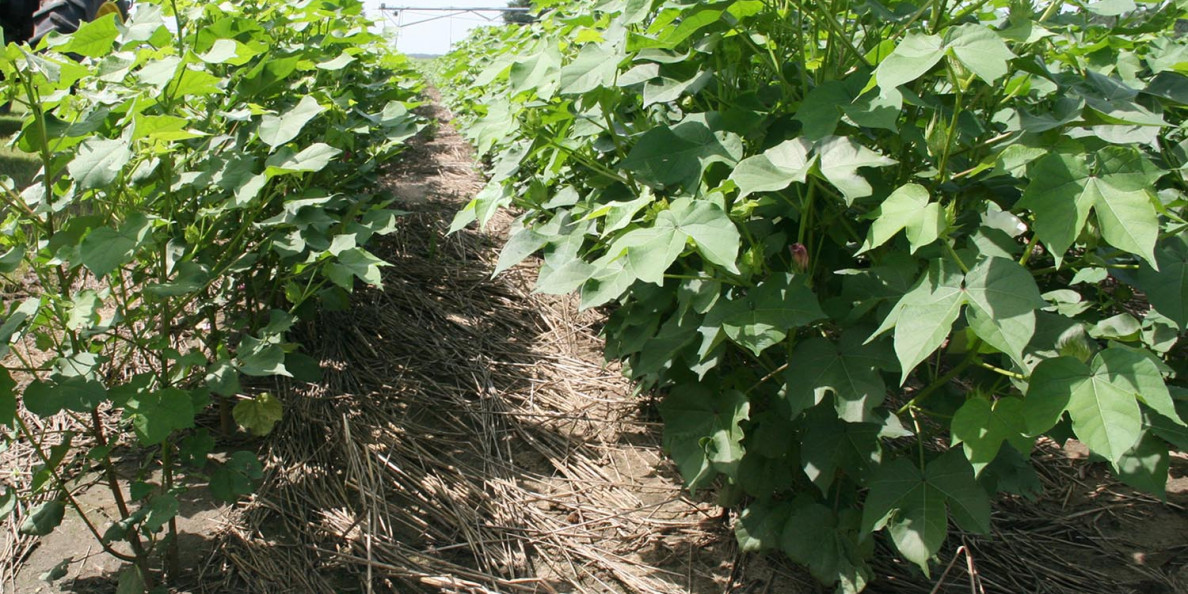
ICE cotton futures broke decisively out of their recent trading range in December. Upland offering prices maintained an upward trajectory throughout the month and this was reflected in the Cotlook A Index, which started close to its low-point of 82.95 US cents per lb, but ended almost seven cents higher, at 89.60, the firmest level recorded by the 2017/18 Index since its introduction in late March. Various factors continued to influence the upturn in futures, including speculative buying and the very large volume of unfixed sales on the March contract, as well as the sustained strong pace of US export commitments.

Mill demand was dampened by the sustained rise in asking rates, as spinners were generally unwilling to follow the market upwards. Spinners in several major destinations are thought to have covered their most pressing requirements for the first months of 2018, and thus can afford to await further price developments.
The notable exception has continued to be US cotton, sales of which have remained robust. The brisk pace of sales has been boosted in recent weeks by the aggressive marketing of discounted low Micronaire lots, which have found ready buyers among those spinners unable to meet sellers’ higher asking rates for better quality lint. By the week ended December 28, the cumulative total (all cotton) had risen to an impressive 11.25 million running bales. That figure represents nearly 79 percent of USDA’s projection for the season, which was raised by 300,000 bales in its December estimate, to 14.8 million bales of 480lbs. The pace of shipments has continued to lag, however, and by the date in question, only 30 percent of the upland sales commitment had been shipped.

Washington adjusted its estimate of US production upwards in December, placing it at 21.44 million statistical bales, which is some 25 percent greater than last season, and would represent the highest output since the 2006/07 season. Estimates of yield have been steadily increasing; US yield is currently expected to reach over 1,000 kilos per hectare, which if achieved would be the highest on record.
One other origin in which quality concerns have been evident is India, where pest infestations have blighted crops in some of the major producing regions. Earlier assessments are thought to have been somewhat optimistic, as yield and fibre quality both suffered in 2017. The Indian Cotton Advisory Board made its first assessment of the current crop during the month, placing production modestly above Cotlook’s figure of 6.375 million tonnes.
Elsewhere on the Subcontinent, seed cotton arrivals figures in Pakistan showed a seasonal slowdown in December, adding to the perception that private crop estimates in that origin were previously too high. Cotlook’s number is now placed at 1.75 million tonnes, down from two million at the beginning of the season.
The major upward adjustment to our production figures during December concerned China, where further upward revisions to yield in the major producing region Xinjiang have pushed our crop figure up by 85,000 tonnes, to 5.48 million.
In the Southern Hemisphere, current assessments imply a reduction in planted area in Australia, while dry conditions have hampered field work in Argentina. The result is that estimates for both of those countries have been revised downwards. In contrast, enthusiasm for cotton in Brazil remains high, and our forecast of 1.7 million tonnes (close to the current official estimate) appears conservative in relation to some figures in circulation.
Our estimate of world consumption during 2017/18 has been raised considerably, to be placed at 25,568,000 tonnes, representing a rate of growth of 2.25 percent on the previous season. Adjustments have been made to the figures for Bangladesh and India, owing to the remunerative conditions experienced by spinners. Increased capacity in Indonesia has also seen a rise in the figure for that destination.

As a result of the above adjustments, an addition to global stock levels of 259,000 tonnes appears in prospect at the end of 2017/18, down considerably from the 790,000 put forward in November. However, a notable stock reduction in China, of almost 1.8 million tonnes, continues to stand in marked contrast to the situation in the ‘rest of the world’. When excluding China, world stock levels are expected to increase by slightly over two million tonnes during the course of the season.
Source: cotlook.com